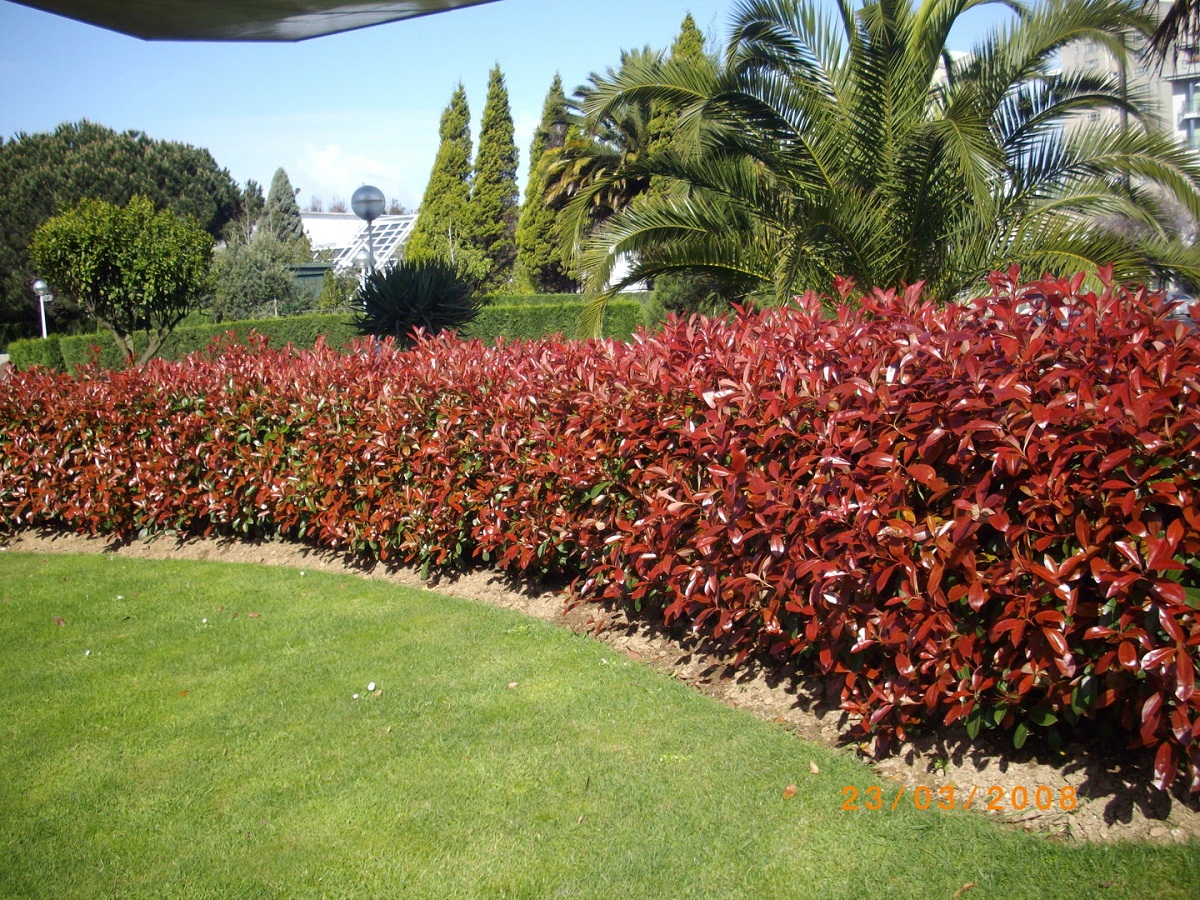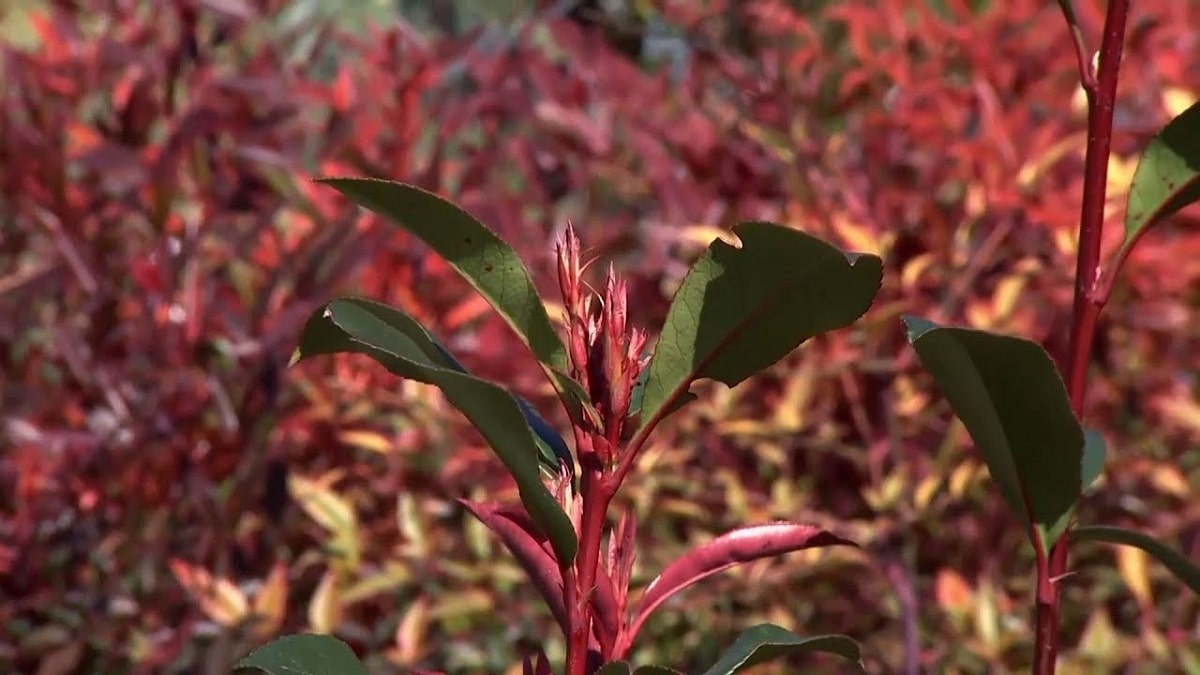
La photonia glabra It is another of the many species of evergreen that can be considered as plants to decorate gardens. Of course, the needs and uses of each person vary with respect to this. Keep in mind that not all people are aware of this beautiful silver.
It is for this reason that we have made an article focused on highlighting the most important points of the Photonia glabra red leaf as it is also known. You will know from the most general aspects, to its characteristics, some uses and a few tips to take care of the plant in case you have one or want to buy it.
Origin of the photonia glabra

Let's start by knowing those most important aspects at a general level of this plant. As we said in the first paragraph, it is an evergreen plant whose origin is Asian, it is very common in countries such as Thailand, Japan and India. But this does not mean that it is found in other parts of the world.
Thanks to has more than 60 different species belonging to the same family, there are specimens that you can perfectly find in North American countries. Thanks to the beauty of its flowers, it is used as a decorative plant in gardens. Although its leaves also give a lot to talk about.
In addition to this species, there is another very frequent called Photonia serrulata. We refer to this plant since it is often confused with the one we are talking about today. This is nothing strange the differences are minimal and you have to pay a lot of detail to the plant to determine if it is one or the other.
Generally, this may be a kind of bush. The truth is that depending on the care you give it, it can be and grow as a bush or as a large tree. In the second case, the maximum height that can reach a maximum of 8 or 9 meters.
Features
Once the basics of this plant are generally known, it is time to pass those aspects that characterize it. So, know some of its characteristics. As the red-leaved Fotinia grows, it generates ramifications.
The good news is that pruning it is very easy and it allows to mold the plant according to the taste of each one. You can prune it to look like a bush or make it grow like a tree.
As for its leaves, these are whole and with a lanceolate shape, more or less ellipse type. You can differentiate it from other species of the same family because at the tip of the leaves, it is toothed and has a leathery consistency. As for the color of the plant, it acquires a bright red during the spring season.
When they are in their growth phase or is a young shrub, the color of its leaves is reddish. But this color changes to green when the plant is already mature and its leaves tend to be slightly different. Of course they are not entirely green, as they continue to have small red parts on their leaves.
Management
The most common disease of this plant is rustIt is a kind of fungus that, if not treated in time, will affect the leaves of the plant to the point of taking on a greyish color. In the worst case, the red leaf photinia will gradually lose its vigor and after a certain time, it will die. Our recommendation is that you use systemic fungicides, they are very effective against this type of fungus.
Care

Although it is a species that is more of humid or not very hot environments, it needs the sun to be able to live and grow. Of course, it does not have to be constantly exposed to the sun. On the other hand, its cultivation or plantation adapts to any type of terrain, including those lands with limestone characteristics.
You can either plant them in a remote place such as corners, near walls or you can also plant them in pots. In the latter case, you have to be pruning it every so often so that it maintains the appropriate height and dimensions according to your tastes.
It is very important that you keep the following in mind: make sure that the place where you sow the Red leaf photinia do not have water stagnation. This will be fatal to the plant and it will eventually die. For this reason, make sure that the place where it is located has a natural drainage or at least avoids as much as possible that the water stagnates at its base.
I would like to know how to cure a eucalyptus, which has in its bark like a lava that affects it.Thank you very much
The photinia is very pretty, except that where I live there is an arbt with all the characteristics of a photinia, it grew alone and today it is quite large and very leafy and has given offspring by seeds, greetings from Uruguay, good Sunday
Thanks for your comment, Edward. All the best.